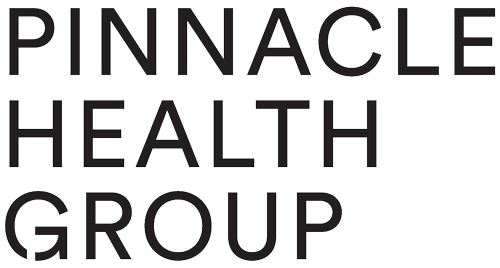By Tom Bosna – Managing Director
When the phrase “sitting is the new smoking” was first referenced in the media it created absolute pandemonium in our Corporate Wellness Centres!
I remember many of our clients attending their Physiotherapy or Myotherapy appointments with sore necks and lower backs wanting quick answers. Our staff were inundated with requests for ergonomic advice, and opinions on the latest craze of the year – standing desks!
“Tom, I watched the news and apparently sitting is the new smoking. My work colleague has a sore back and ordered a standing desk – do you think I need one?” This conversation was had on repeat and continues today.
With influence by reputable employers like Apple endorsing standing desks they really could be onto something. The CEO of Apple Tim Cook has recently commented in an interview about Apple Park “We have given all of our employees, 100%, standing desks. If you can stand for a while, then sit, and so on and so forth, it’s much better for your lifestyle.” Before we take Mr Cook’s word for it – let’s analyse the facts.
The facts
In 2016, Musculoskeletal disorders (MSD) ranked 7th on the list of top drivers of global disability. Among those aged 15–49, the top contributors to MSDs included occupational injuries and ergonomic issues in the workplace (HME, 2015).
The impact of these MSDs on productivity, presenteeism and lost time are well documented in occupational health.
With increased demand for knowledge workers influencing workplaces across the world – it is essential that the health of employees is prioritised.
Why does sitting cause lower back pain?
Contrary to the alarmists in the media, and health professionals who have enjoyed their time in the sun on this topic – let me say one thing: there is nothing wrong with sitting.
We sit to enjoy a cup of tea with friends, we sit and watch our children run at the park, we sit down at a nice restaurant and enjoy a glass of wine. Sitting is part of everyday life.
Two words I want you to understand and be aware of: Ischaemic. Pain.
Ischaemic. If I was a gambling man, I bet five dollars that you have heard the word ischaemic heart disease. Ischaemic by definition refers to the deficiency of blood supply to a body part due to the obstruction of inflow of arterial blood. A practical example of this is when you sit at your desk for too long during the day and you feel your lower back tensing and becoming sore. This can be a restriction in blood flow to that area of your body. You stand up, go for a walk and the tension is relieved, and goes away.
Pain. By cognitive association you are no doubt thinking about the last time you hurt a body part. Say the word pain ten times and it sounds like it hurts. The International Association for the Study of Pain (IASP) defines pain as an unpleasant sensory and emotional experience, associated with actual or potential tissue damage.
A practical example of pain is when you sit at the desk for over 2 hours. You feel your lower back tense and it becomes sore. You feel frustrated, worried and angry that your back is sore. You get up to move but you are still sore. You are ‘so busy’ and take Nurofen to make it better. You return to sitting at your desk and the pain cycle continues.
If you marry ischemic and pain together you are probably sitting on the problem!
Have a look at your colleagues sitting at their desk. Are they stooped forward at their head and neck? Are they hunched over at their mid spine and look tired?
These positions not only look emotionally sad, but they are problematic – especially when held for a prolonged period of time. Blood flow is restricted, movement is stagnant and you not only feel pain, but you can feel trapped in a vicious cycle of inactivity, and struggle to get comfortable.
The rise of the standing desk
I’m sure you have that colleague that plays up and down with the sit stand desk all day. I bet they even count steps on their fitbit, do crossfit and are always up for a chat about how many mindful moments they have completed this week.
They are so ridiculously happy with themselves aren’t they?
Cutting through this though – in my opinion – the main benefits of using a standing desk or active workstations are very logical.
Productivity Standing up demands a happier, and more engaged posture. Increased alertness and engagement nets greater productivity than sitting. Simple.
Increased energy levels Standing up will cumulatively improve mood, and will result in greater energy output over time.
Reduce cardiovascular risk One of the risk factors for cardiovascular disease is circumference of the waist. Standing up results in greater oxygen uptake of the employee and more incidental movement. These factors combined can reduce your cardiovascular risk profile.
So should you get a standing desk?
With small and large organisations making significant investment into active workstations, break out spaces and ergonomic furnishings – this is the time to ‘stand up’, and invest in you.
Tom is the Director of Pinnacle Health Group Australia & Movement Concept Advisor for the International WELL Building standards Institute.
Are you practising wellness in the workplace?
Wellness in the workplace is crucial in establishing a productive and dynamic environment. At Pinnacle Health Group, we aim to inspire a healthier workplace by encouraging busy Australians to take control of their health and wellbeing.
From encouraging more standing time in the office to practicing weekly meditation, our wellness experts can guide your team or organisation on wellbeing options you can implement in the workplace today. For more information, fill out our workplace wellness enquiry form and one of our experts will be happy to assist you further.
